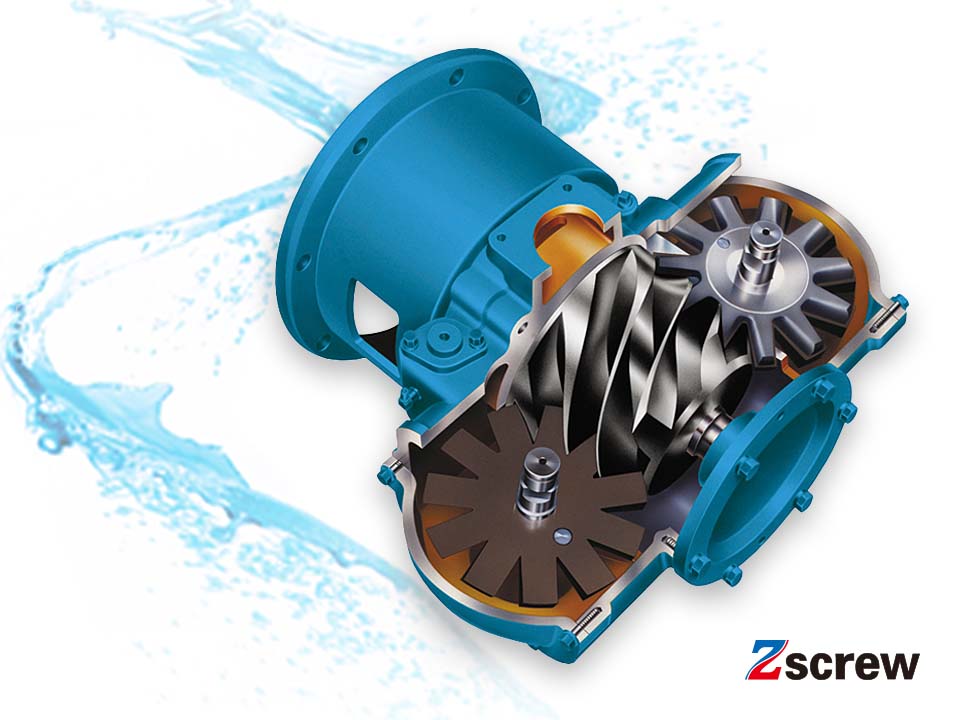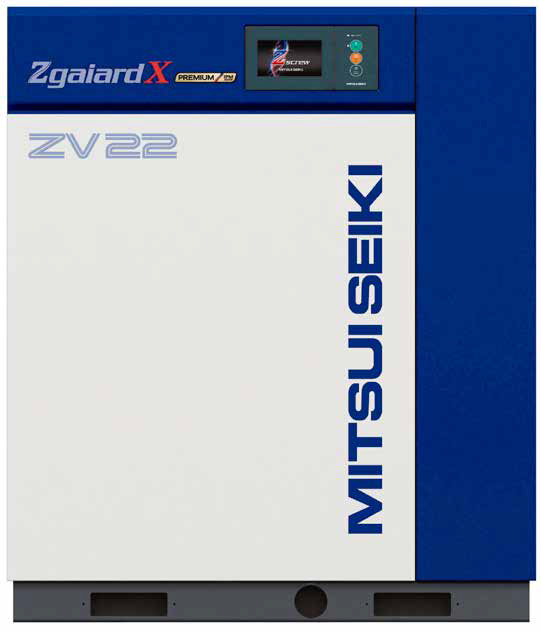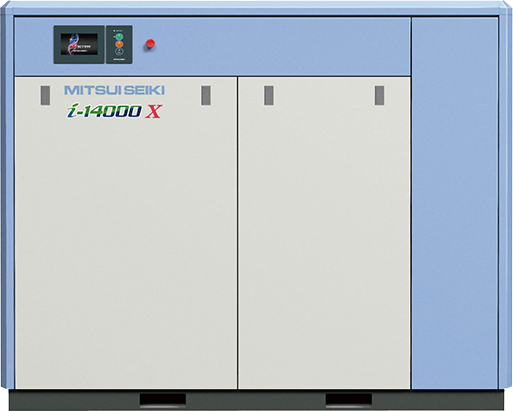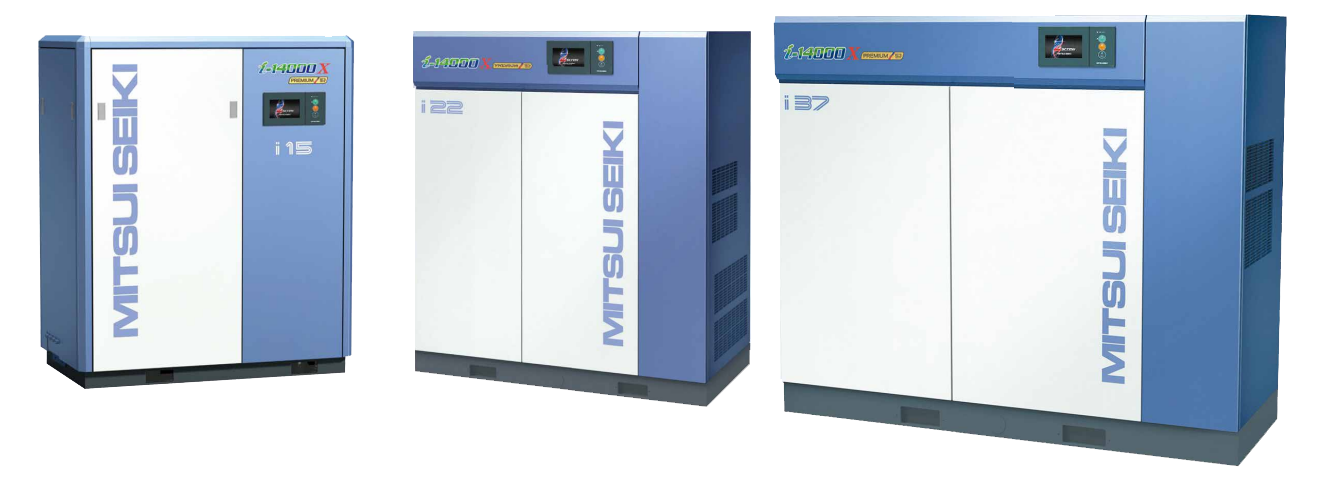Excellent Compression Mechanism
The "Z-screw" compressor is a mechanism exclusively utilized by Mitsui Seiki in Japan. This ideal and simplistic structure comprises a single screw rotor and two gate rotors, which:
- Boast remarkable balance during rotation
- Leading to an extended lifespan
- Reduced noise levels
- Minimal vibration



Oil Injection Screw Compressor
High precision technology of the MITSUI SEIKI, also known as a machine tool manufacturer, is utilized on procesing the compression section to make up the Z screw air compression mechanism that realizes the high efficiency and high stability.
- Inverter
- Energy Saving
- IPM Motor
- High Efficiency
- Air Cooled Fan Inverter
- Red-CX Compatible

Oil Free Inverter Compressor
Since 1982, Mitsui Seiki has been providing water lubricate air compressor to various industries. With its unique compression mechanism using water instead of oil, Mitsui Seiki offers clean air, highly efficent air compressor contributing to both customer cost-saving and environment protection.
- Water Lubrication
- Oil Free
- Inverter
- IPM Motor
- Energy Saving
- Red-CX Compatible

